 I had the pleasure of attending and presenting at the NCSM Conference in New Orleans last week. I’d never been to an NCSM conference, and I wasn’t sure what to expect. As a classroom teacher, would I feel out of place? Would those in attendance be open to hearing about 21st-century tools and how my colleagues and I have been using them with our students? Would the sessions presented be relevant to me?
I had the pleasure of attending and presenting at the NCSM Conference in New Orleans last week. I’d never been to an NCSM conference, and I wasn’t sure what to expect. As a classroom teacher, would I feel out of place? Would those in attendance be open to hearing about 21st-century tools and how my colleagues and I have been using them with our students? Would the sessions presented be relevant to me?
I heard the statistic more than once that the average age of an NCTM member at the moment is 55 years old. I sense we’re in a transition between educators primarily valuing the experience and authority of professional organizations like NCSM and NCTM, and the impact of social media like Twitter, blogging and online meetings like Global Math as professional development in real-time with real people. I find value in all of these sources, yet sensed a divide between math educator generations a bit while chatting with folks over meals and while standing in lines. I made it a mission to inform people I met about the value of Twitter and pretty much twisted their arms to sign up in my presence. 🙂 I challenged them to begin following the #NCSM14 hashtag for the duration of the conference to see if Twitter feeds offered them additional perspective. I appreciated the number of sessions highlighting technology, as well as a very apparent theme about the importance of effective formative assessment in math education. Though a divide exists, I sensed that NCSM aims to provide sound research and resources yet simultaneously values the way PD is changing through current mediums. I did not feel out of place, and sessions were certainly relevant to me. So glad I had the chance to attend!
Some highlights, takeaways, and opinions on sessions I attended:
Dr. Mike Schmoker’s tongue-in-cheek session FOCUS: First Things First for the 21st Century reminded us that fundamentals of teaching are still relevant. The ideas of an objective, anticipatory set, small chunks of content, guided practice and monitoring seemed blatantly obvious from our “Teaching 101” experiences. Yet, Schmoker made the staggering claim that 95% of the classrooms he’s seen do NOT look like this with any consistency! Do teachers know how to effectively plan their lessons? Ouch.
 I like these reminders, as it’s very simple to get pie-in-the-sky with 21st century learning. Having a focus and asking fundamental questions is a great place to start with any initiative in my opinion. I love the last bullet point here – with new TEKS on the way (Texas is not a Common Core state) we need to start this thing right and have a detailed map of what we’re teaching, the sequence we’re following, and what common assessments we’re using. Additionally, the second bullet point is a case for students writing in their mathematics classes more often. I love “5-minute paper” strategies in math – pose a question to students very generally, like “Tell me everything you know right now about Probability.” Set a timer for 5 minutes, let them write freely, and ask students to share what they wrote… or trade papers and comment on one another’s papers… or I just collect ’em and read a few out loud. Written communication also applies to mathematics education!
I like these reminders, as it’s very simple to get pie-in-the-sky with 21st century learning. Having a focus and asking fundamental questions is a great place to start with any initiative in my opinion. I love the last bullet point here – with new TEKS on the way (Texas is not a Common Core state) we need to start this thing right and have a detailed map of what we’re teaching, the sequence we’re following, and what common assessments we’re using. Additionally, the second bullet point is a case for students writing in their mathematics classes more often. I love “5-minute paper” strategies in math – pose a question to students very generally, like “Tell me everything you know right now about Probability.” Set a timer for 5 minutes, let them write freely, and ask students to share what they wrote… or trade papers and comment on one another’s papers… or I just collect ’em and read a few out loud. Written communication also applies to mathematics education!
 After running to shake the hand of the great David Wees, I went to Jere Confrey and Erik Johnson’s session Using Digital Environments to Foster Student Discourse. Jere and Erik painted a picture describing the ideal digital math workspace with a variety of tools at students’ disposal that also foster a social environment valuing student communication, as well as the ability to share student work efficiently. They demonstrated features of Amplify as a digital solution. I’ll be curious follow the development and implementation of this… tablet? Software? Tool? Potential silver bullet?
After running to shake the hand of the great David Wees, I went to Jere Confrey and Erik Johnson’s session Using Digital Environments to Foster Student Discourse. Jere and Erik painted a picture describing the ideal digital math workspace with a variety of tools at students’ disposal that also foster a social environment valuing student communication, as well as the ability to share student work efficiently. They demonstrated features of Amplify as a digital solution. I’ll be curious follow the development and implementation of this… tablet? Software? Tool? Potential silver bullet?
Having had experience as a math coach, I attended several coaching-themed workshops as well. In Contributing to a Culture of Mathematics Coaching for the Standards for Mathematical Practice, John Sutton, Arlene Mitchell, and Clare Heidema did a great job describing what a coach *is* (stands alongside the teacher but doesn’t do the work for the teacher) and *is not* (an evaluator, one who overtakes during a lesson in progress, one who imposes). A spin I hadn’t heard articulated well before this session was a description of an “effective consumer of coaching”. This is a person who asks a coach for targeted feedback, is open for reflection, tells a coach what kind of classroom interaction s/he desires, and is willing to examine her/his own content knowledge. Describing an effective “consumer of coaching” places responsibility and ownership on both the coach and the consumer. I like that.
In Agents of Change in the Era of the Common Core State Standards, Lucy West and Antonia Cameron honed in on a coaching model that works on instructional goals and content goals simultaneously (you can’t teach what you don’t know). Helpful videos showing what a pre-conference, lesson enactment, and post-conference look and sound like helped us experience a true coaching session. These were not touchy-feely and fun, but challenged the teacher in ways that could have resulted in conflict. To paraphrase Lucy, however, conflict HANDLED WELL can be the juice that stirs the pot, and makes possible a new thought or inspiration or improvement. Coaching doesn’t always “feel good” but it sure has potential to foster good things. Likewise, emphasis on communication and planning between administration and the instructional coach was refreshing. Principals took videos of themselves in action, shared with other principals, and modeled a willingness to grow, change, and become more self-aware. Nice!
The session that challenged my colleagues and me from the get-go was Tim Kanold’s Beyond Teaching for Understanding: The Elements of Authentic Formative Assessment! See that exclamation point right there in the title? TOTALLY APPROPRIATE. Kanold is not afraid to make bold claims backed by research that smack you in the face in such a way that you don’t quite know what just happened. Here are his slides, and I venture to say that perhaps “you had to be there” to experience the true impact of their contents. Kanold has a gift – he makes his audience question every single thing that they’re doing… or not doing. There’s some kind of magic in the way he made me question my practice in a painful and exhilarating way. Two conversations that immediately got a rise out of us:
 Question: Are we calling something “formative” that is simply “diagnostic”? To truly be formative, ACTION must be taken. The idea is a “feedback loop”. Once we access that valuable data from our students, what the heck are we doing with it? Students need us to take action, and to be part of the process. Don’t keep that data to yourself… do something with it. Now that’s truly formative.
Question: Are we calling something “formative” that is simply “diagnostic”? To truly be formative, ACTION must be taken. The idea is a “feedback loop”. Once we access that valuable data from our students, what the heck are we doing with it? Students need us to take action, and to be part of the process. Don’t keep that data to yourself… do something with it. Now that’s truly formative.

Question: What’s the purpose of homework? Kanold says that “homework should never be graded” and I agree. Why would I put a mark in the book that represents a student’s first experience with a new concept? Kanold claims students should have answers to all of the homework in an upcoming unit so the practice homework provides includes instant feedback (finding out if the problem is correct the next day in class is too late). Ask students to “embrace their errors” and take action during independent practice outside of class as a regular part of their homework experiences. Kanold also poo-pood the idea of giving mass amounts of homework. For math, he basically says less is more. Very controversial ideas for some folks right here. I’m diggin’ it. Follow him on Twitter here.
I also plan to get my hands on John Hattie’s book and want to spread Kanold’s terminology of asking “What are the solution pathways?” versus “What’s the answer?”
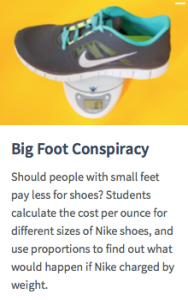 In Teaching Math Through Real World Topics, Karim Kai Ani engaged us with perplexing questions and media to support them. For example, should a certain pair of athletic shoes cost the same regardless of their size? What is the price per ounce of each shoe? How might the price of shoes be adjusted if we consider the cost of materials? Let’s graph this thing using Desmos and continue the conversation… I love what Mathalicious is up to. I think you will too… check them out here.
In Teaching Math Through Real World Topics, Karim Kai Ani engaged us with perplexing questions and media to support them. For example, should a certain pair of athletic shoes cost the same regardless of their size? What is the price per ounce of each shoe? How might the price of shoes be adjusted if we consider the cost of materials? Let’s graph this thing using Desmos and continue the conversation… I love what Mathalicious is up to. I think you will too… check them out here.
I appreciated the emphasis at NCSM on using digital tools for formative assessment to make student thinking visible. Two sessions, Digital Tools 4 Capturing & Analyzing Student Thinking with Jonathan Wray, and Creating a Classroom Climate that Fosters Mathematical Thinkers with Katie England, both highlighted the ways technology helps generate and share student work, and how this positively impacts classroom culture and student achievement. You’re speaking my language, folks.
Okay, okay… so no math conference is complete without a shout-out to Dan Meyer and his 3-Acts! Dan literally feeds off of crowd participation, skipping off the stage to hear what we think, as we hang on his every word. For the “whats” and “whys” of 3-Act Math Tasks, NCSM is featuring resources here… and I have a sneaking suspicion we’ll be seeing Andrew Stadel and Robert Kaplisky on stage with a packed ballroom at a future conference. Is there a requirement that one must look like Dan Meyer’s next-of-kin to be in this superstar California-guy math club? 😉 C’mon, the resemblance is uncanny! It’s an honor and a privilege to chat with these folks in person after admiring their work digitally from afar. Check out Andrew’s blog here, Robert’s blog here, and Dan’s blog here.
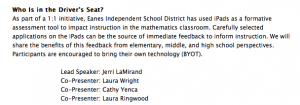 Our last session was… ours! Jerri LaMirand, Laura Wright, Laura Ringwood and I shared about using iPads in a 1:1 environment. Each of us highlighted formative assessment apps and tools that aren’t math specific, but can be used with gusto in mathematics classrooms to foster metacognition. Details regarding our session, including resources, samples of student work, and our online Smore flyers can all be found here.
Our last session was… ours! Jerri LaMirand, Laura Wright, Laura Ringwood and I shared about using iPads in a 1:1 environment. Each of us highlighted formative assessment apps and tools that aren’t math specific, but can be used with gusto in mathematics classrooms to foster metacognition. Details regarding our session, including resources, samples of student work, and our online Smore flyers can all be found here.
Just For Fun
#NCSM14 was in New Orleans, so “fun” was also part of our #NCSM14 equation. Here are some goodies we thoroughly enjoyed.
Pearson’s table in the exhibit hall featured the amazingly talented digital cartoonist, Doug Shannon. Equipped with an iPad mini, a drawing app, and his fingertip, Doug whipped up full-color digital caricatures in minutes. Here’s an Eanes ISD shout out – thanks Doug! Left to right: Jerri LaMirand, Laura Wright, Cathy Yenca (that’s me looking CrAzY), and Laura Ringwood.

We spent an evening at the Audubon Aquarium thanks to ETA, where I found some perplexity to incorporate into studies of volume next year. A fish tank with a cylindrical portal was quite amusing… and I plan to find out its dimensions to make an authentic 3-D task. (P.S. See dimensions below!) Looking at this photo, I can see why my caricature looks like it does… well shoot, I really do look like that, don’t I? 😉
Our “commute” from hotel to conference center included an efficient stroll through a Harrah’s casino every day. Three days out of three I was carded by security. This is to be celebrated.
To promote the Smore online flyers for our session, we shopped for, packaged, and distributed 200 literal s’mores to folks at NCSM. From deciding how many boxes of graham crackers to buy, to comparing unit prices of Hershey’s chocolate options, to designing, cutting, and attaching information cards to each s’more bag, this sweet and impromptu project was a math bonding session with my colleagues that I won’t soon forget.

NOLA food was amazing. Goat cheese and crawfish crepes… red beans and rice… and beignets were some highlights!

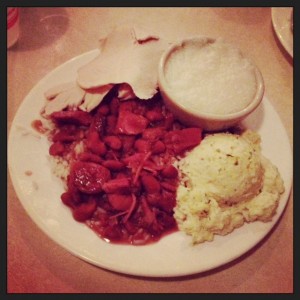

Final Fun: Immediately after our session, I found out via e-mail that I’ve been accepted to the ADE 2014 Global Institute. Here’s my reaction. Yes, I almost dropped my beignet on the floor right there.
P.S. The Audubon Aquarium responded to my e-mail and provided the following dimensions for the crab tank:















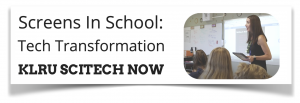
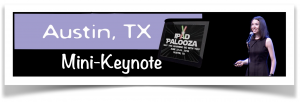





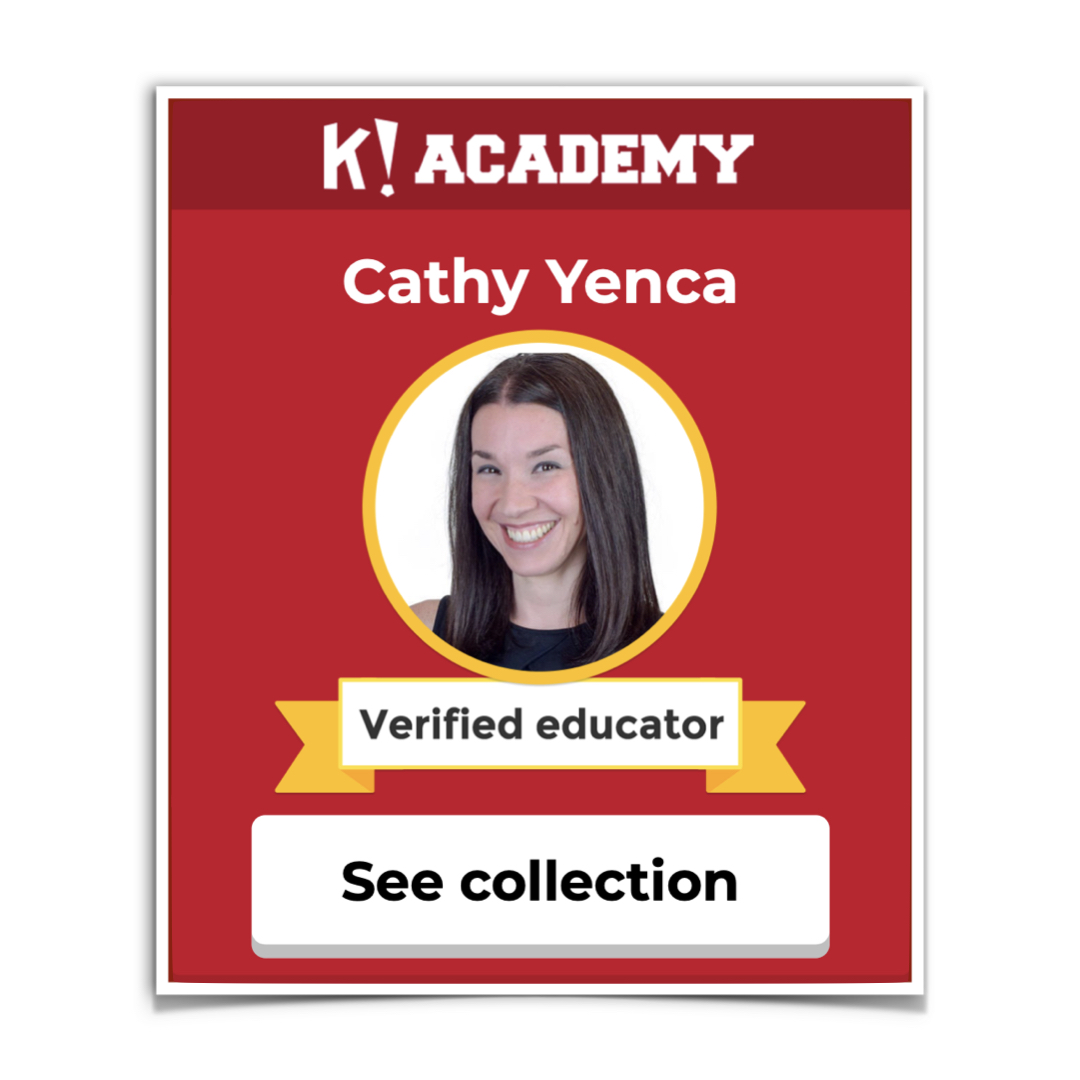

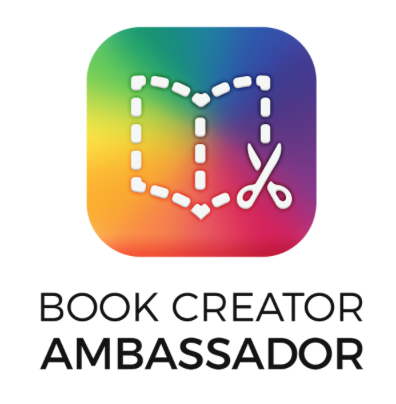


Love you Cathy! You are the best, and I love your blog about our adventures! Can’t wait for Boston!!
It was my pleasure to spend this conference with you! Boston indeed! 🙂
It was great meeting you in person Cathy. Yes, it is pretty funny that Andrew and I each look like a mini-Meyer. I am glad you had a productive time in NOLA. I hope our paths cross again soon.
Ditto! I’m sure our paths will cross again, and keep up the great work!
Pingback: #10GoodThings | MathyCathy's Blog – Mrs. Cathy Yenca